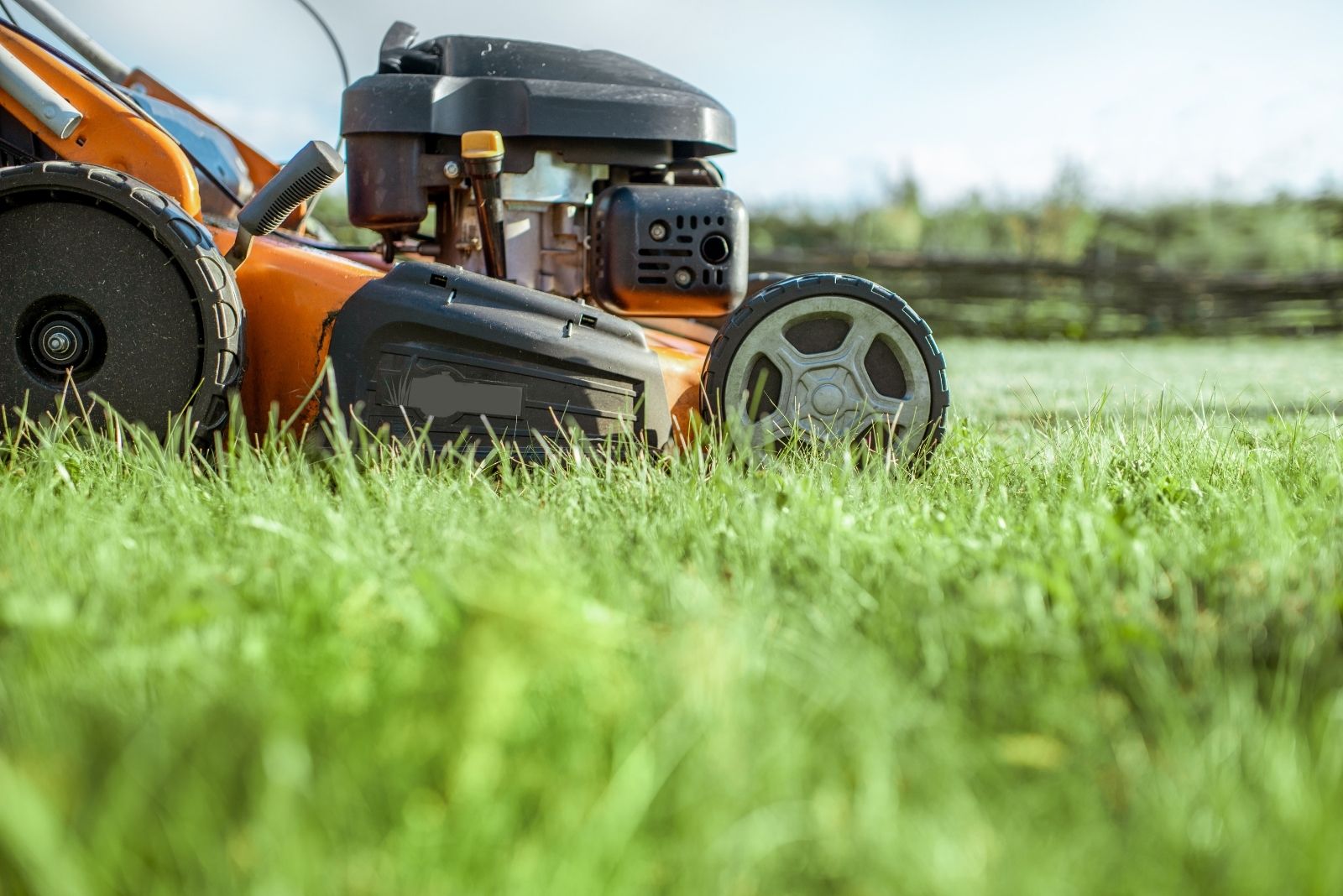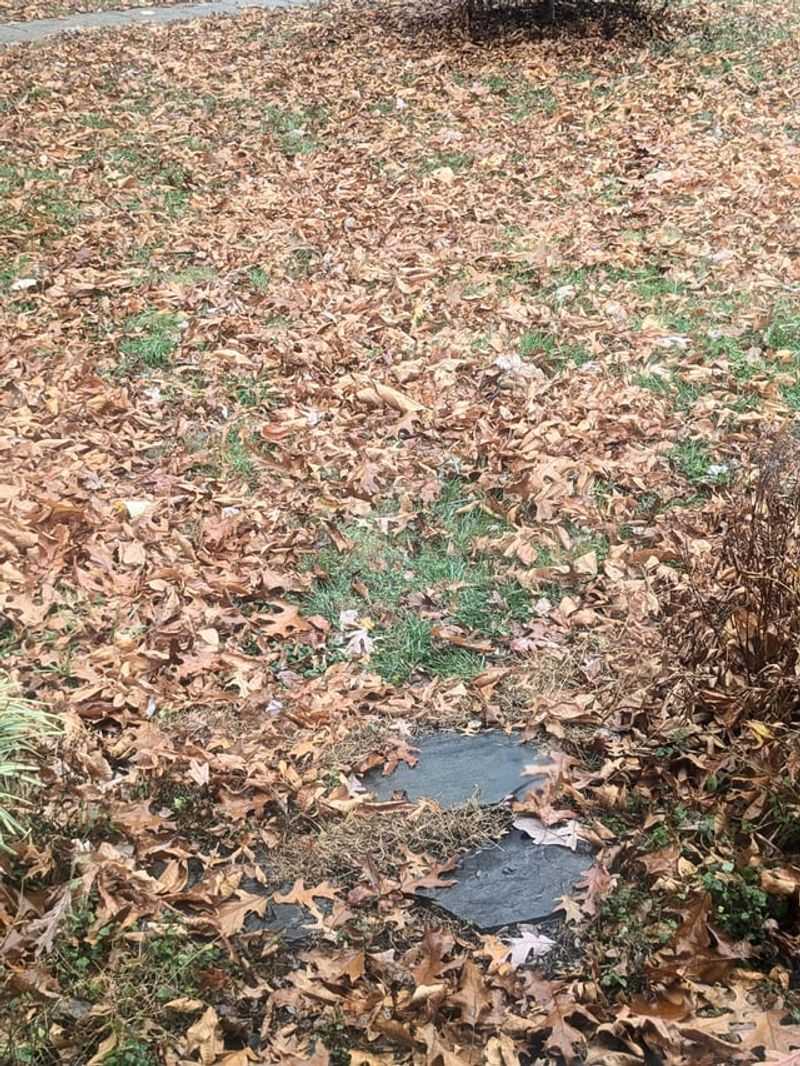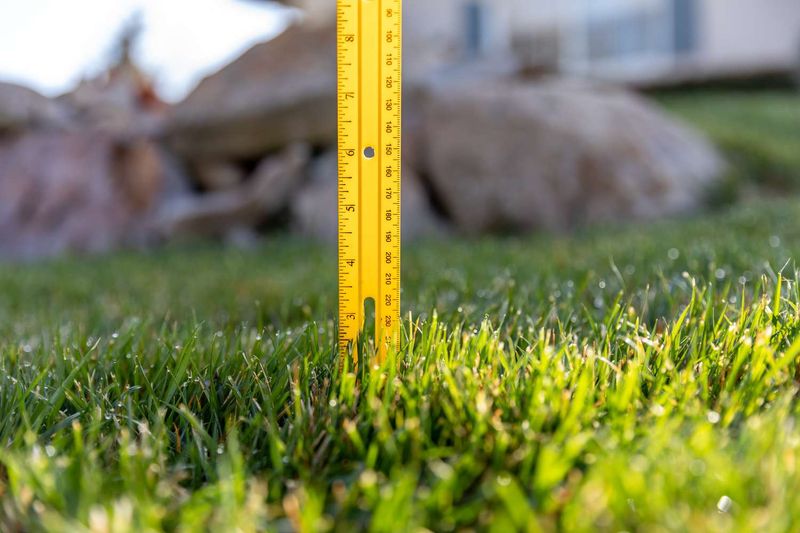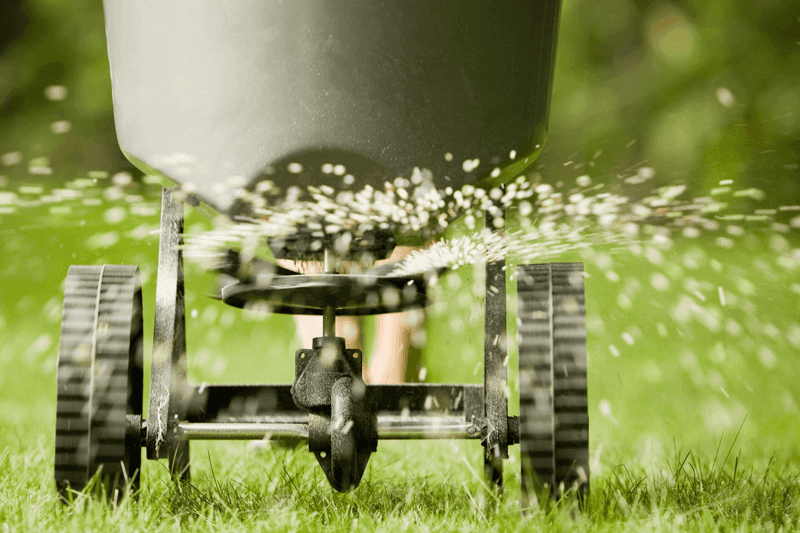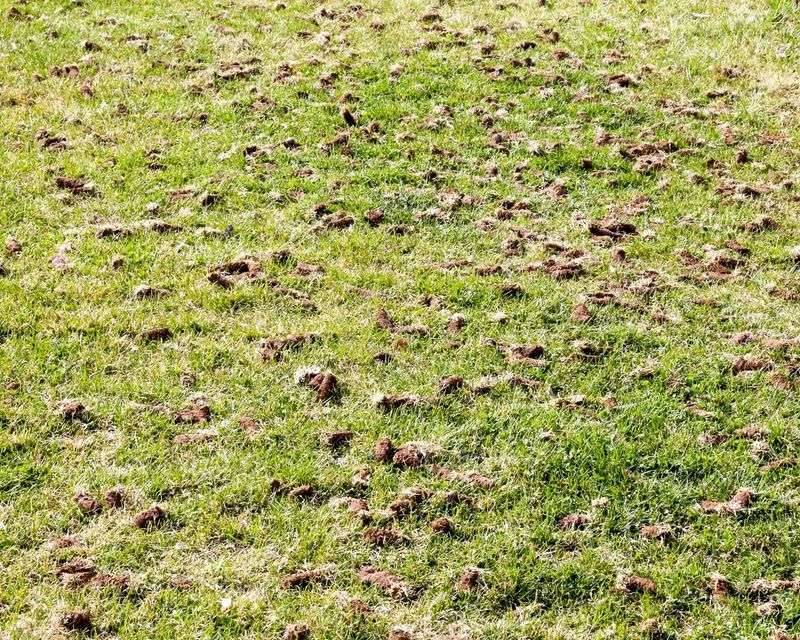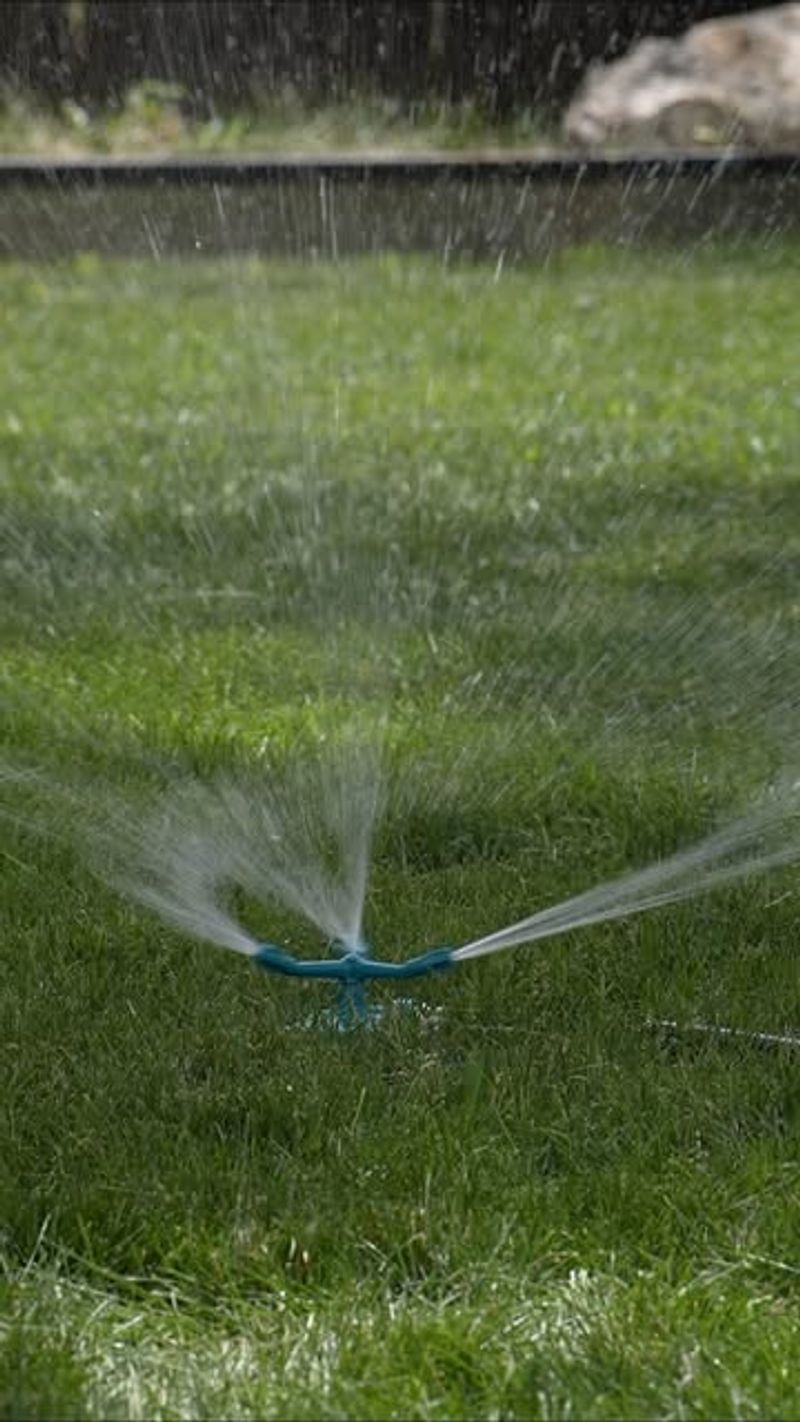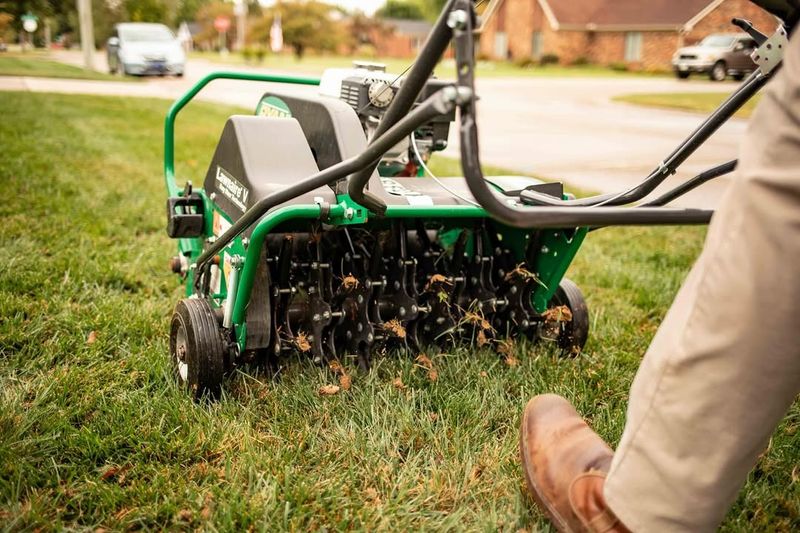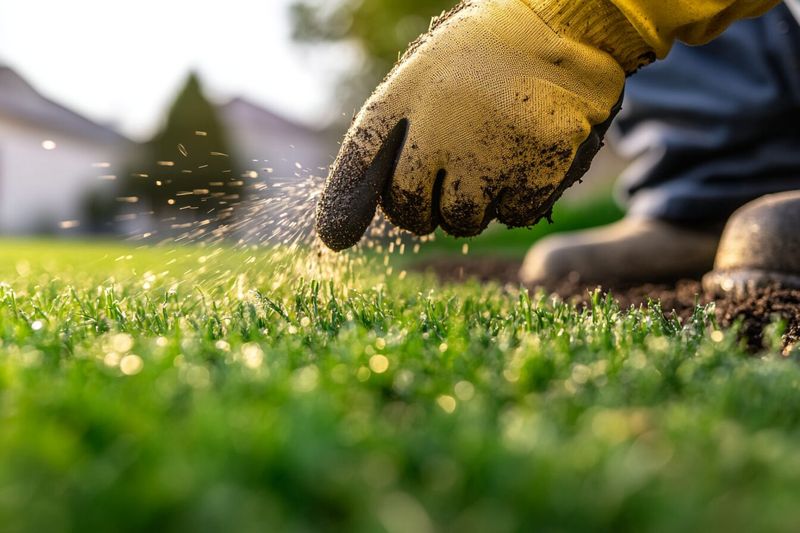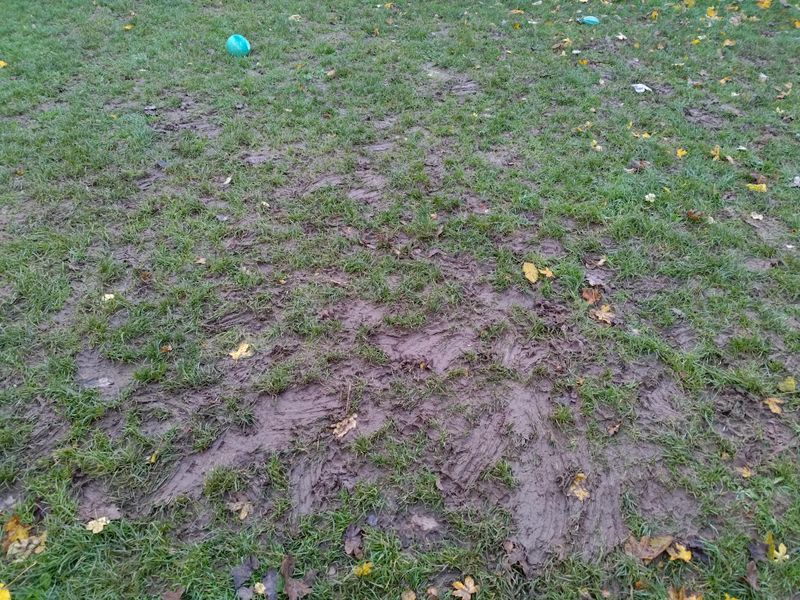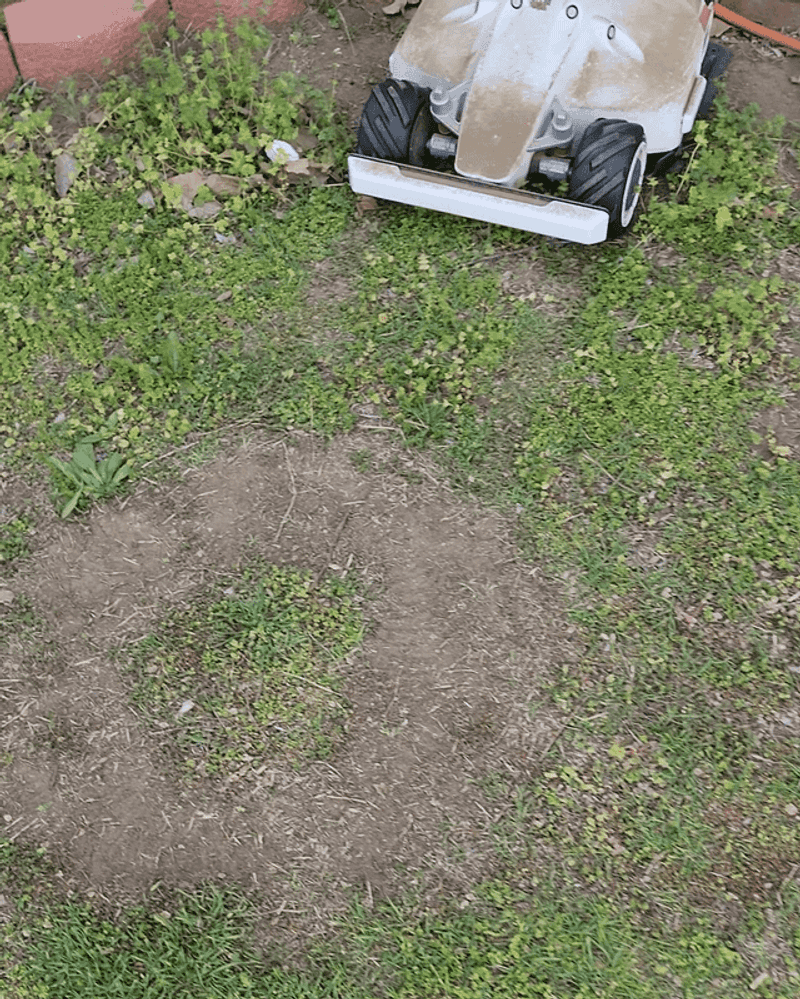Maintaining a healthy lawn in Maine during fall requires attention to details many homeowners overlook. Small mistakes during these cooler months can lead to winter damage, spring disappointment, and extra work later.
Understanding what harms your yard helps you avoid costly problems and keeps grass looking great year-round. These common errors are easy to fix once you know what to watch for.
1. Leaving Thick Leaf Piles On Grass
For me, leaving leaves piled up once caused issues I never expected. Heavy layers block sunlight and trap moisture against grass blades, creating perfect conditions for mold and disease.
In my Maine yard, I noticed brown patches where leaves sat too long. Grass underneath became weak and thin by spring.
Rake or mulch leaves regularly instead of letting them accumulate. Light layers are fine, but thick blankets suffocate your lawn and invite problems that take months to repair.
2. Cutting Grass Too Short Before Winter
Grass needs proper height heading into cold weather, but many homeowners scalp their lawns thinking shorter is better. Cutting too low removes essential blade surface that protects roots from freezing temperatures.
Short grass also struggles to photosynthesize during milder fall days. This weakens the entire plant before winter even arrives.
Keep your mower blade set around three inches for the final cuts. Taller grass insulates roots better and stays healthier through Maine’s harsh winter conditions, bouncing back faster when spring warmth returns.
3. Skipping Fall Fertilization
One fall I skipped fertilizing, thinking grass didn’t need food before going dormant. That was a mistake I learned from quickly.
Fall feeding strengthens root systems and stores nutrients grass uses during winter stress and early spring growth. Without this boost, lawns emerge pale and weak after snow melts.
Apply a fall-specific fertilizer in late September or early October across Maine. This gives roots time to absorb nutrients before ground freezes, setting up your lawn for vigorous spring recovery and thick growth.
4. Ignoring Bare Patches And Thin Areas
Bare spots seem harmless during fall, but they become bigger problems by spring. Weeds love colonizing empty spaces before grass can fill in naturally.
Fall offers ideal conditions for overseeding with cooler temperatures and moisture. Ignoring thin areas now means fighting weeds and patchy growth later.
Rake bare spots lightly, spread grass seed matched to your existing lawn, and keep the area moist. In my experience, fall-seeded patches in Maine establish better than spring attempts because there’s less weed competition and consistent rainfall.
5. Watering Incorrectly During Cool Weather
Many assume lawns need less water as temperatures drop, which is partly true but requires attention. Grass still needs moisture during dry fall periods, especially newly seeded areas.
Overwatering becomes problematic too, encouraging fungal diseases in cool, damp conditions. Finding the right balance matters more than most realize.
Water deeply but infrequently during dry stretches, checking soil moisture first. In my Maine yard, I water only when the top inch feels dry, usually once weekly unless rain provides enough natural moisture for healthy growth.
6. Neglecting Lawn Aeration
Compacted soil prevents roots from accessing oxygen, water, and nutrients they desperately need. Summer foot traffic and equipment use compress soil layers significantly.
Without aeration, grass struggles through winter and emerges weak. This single step makes a noticeable difference in lawn health and thickness.
Rent a core aerator and run it across your lawn in early fall. I do this every September in my Maine yard, and the improvement is obvious. Grass grows thicker, water penetrates better, and roots develop stronger before winter freezes everything solid.
7. Using Summer Lawn Care Products
Products designed for summer growth don’t match fall lawn needs. High-nitrogen summer fertilizers promote blade growth when roots should be the focus.
Wrong products waste money and potentially harm grass preparing for dormancy. Fall formulations contain different nutrient ratios specifically supporting root development and cold tolerance.
Check labels carefully and choose fall-specific products for Maine lawns. These contain higher potassium levels that strengthen cell walls against freezing damage. One year I used leftover summer fertilizer, and my grass looked worse than my neighbor’s properly fed lawn all spring.
8. Allowing Lawn Equipment To Damage Turf
Heavy equipment driven repeatedly over the same paths creates ruts and compaction that last through winter. Wet fall soil is especially vulnerable to this damage.
Mower wheels, trailers, and vehicles leave impressions that become problem areas. Grass in these spots grows poorly and collects water, creating muddy messes.
Vary your mowing pattern each time and avoid driving on soggy grass. Park equipment on driveways instead of lawns. In my experience, protecting turf from unnecessary traffic during Maine’s wet fall weather prevents spring repair work and keeps lawns uniformly healthy.
9. Forgetting To Remove Lawn Debris And Toys
Items left sitting on grass through fall and winter create dead spots underneath. Toys, furniture, decorations, and tools block light and trap moisture against turf.
Grass underneath dies or develops disease that spreads outward. These spots become obvious when snow melts, requiring reseeding and extra care.
Walk your Maine yard regularly and clear everything off grass before snow arrives. I learned this lesson after finding brown circles where my kids left toys out. Now I do weekly sweeps during fall to prevent similar damage and keep our lawn uniform and healthy.

